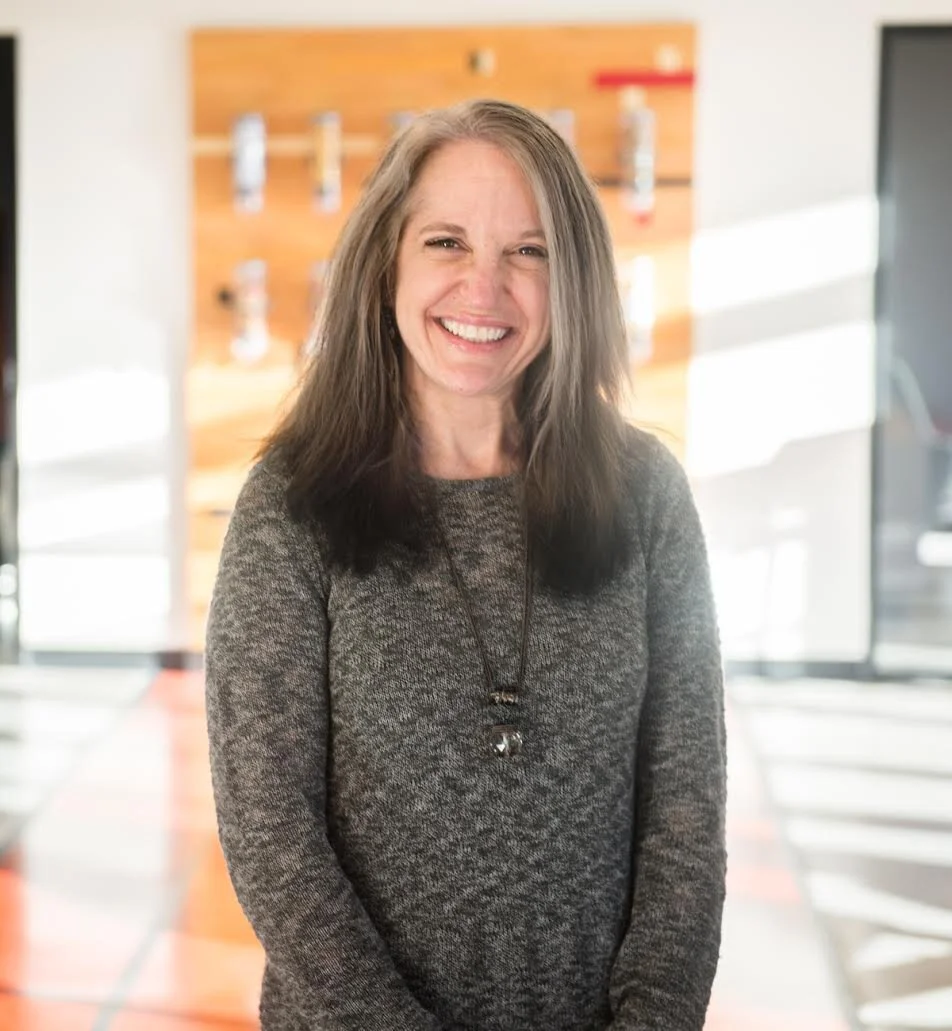Challenge the ideology of aging
Ageism is deeply embedded in our way of thinking about ourselves
Tracey Gendron, Interim Chair and Associate Professor in the Department of Gerontology in the College of Health Professions at Virginia Commonwealth University in Richmond, Virginia
We are always sensitive and passionate about discrimination and we know how to recognize it when it’s about race, gender, and socio-economical variables. Then, without realizing it, we have a bias against age. We’re so “good” at it, because we practice all the time. For example, I was quite surprised to notice the poverty of our otherwise rich language.
Getting old and being old are part of one big, undifferentiated macrocosm with a predominance of negative connotations. Open any dictionary and you will find “decrepit,”, “fossil,”, “exhausted,”, “debilitated,”, “inactive,”, just to name a few and - personally - I do not feel like that at all.
I thought that we simply do not possess an appealing way to address this section stage of our life. But there’s more. And that’s how I reach out to Tracey Gendron, MSG, Ph.D. Gendron is the Interim Chair and an Associate Professor in the Department of Gerontology. Professor Gendron works at the Department of Gerontologist in the College of Health Professions at Virginia Commonwealth University in Richmond, Virginia. Her research is focused on ageism, that is, the discrimination based on age.
Here’s what we talked about.
What are the roots of ageism?
We are living in an unprecedented time of growing longevity. Never before have we lived as long or as healthily as we do now. Because people didn’t live long lives in the past, we didn’t necessarily have the need to pay attention to discrimination toward older people before. How did we become ageist? The roots of this phenomenon are complex and varied. In the book “The Longevity Economy,” Joseph Coughlin does a really nice job talking about the social, political and historical factors that influenced the rise of ageism.
The reasons include the societal shift to productivity and mobility during the industrial revolution, the rise of the pension and social security in the 1930’s, the institutionalization of retirement as a stage of life in the 1960’s, the marketing of the beauty industry in the 1980’s, the changes to family structures (from multigenerational households to nuclear families that are typically separated from older parents and relatives), and the bio-medicalization of aging so that we see aging as a disease or problem to be cured or treated. And that’s just to name a few.
There’s a growing awareness about discrimination, so why doesn’t it apply to ageism?
Ageism is often overlooked because it is normed to the point of invisibility: we do not see it, because we do not pay attention. We are so accustomed to devaluing what it means to be old that we just accept this as a fact of life. Ageism is deeply embedded in our way of thinking about ourselves and about the world around us. It has become a normal part of our surroundings. It is easy to accept something that you don’t really see.
We live in a time where the term anti-aging is accepted and mainstream language. Not only is it accepted, but it is believed that the “healthy way to age” is to not look or act like you have aged at all. All these elements explain why ageism has yet to be challenged to the extent that sexism and racism continue to be challenged.
What are the most common negative forms of communication related to aging that you discovered?
To me, the most common and dangerous forms of communication about aging are self-directed. Comments like, “I’m not old, I’m just mature.”. We “other” those who we see as old in favor of those who are young. We use several terms to talk about ageist communication: age blaming, age shaming, internalized ageism, micro ageism, macro ageism. These are all different forms of language representing how we talk about ourselves and how we talk about others.
For example, think about the question, “How old do you feel?”. We use this question all the time and we often find ourselves saying, “I don’t (or do) feel old.”. Given that aging includes multidimensional and multidirectional constructs, what does feeling “old” mean? I think what we are really asking is how sick, frail, or ill do you feel. Aging, or being old, includes growth, adaptation and maintenance as well as physical decline.
So when we ask how old do you feel and we really mean how sick do you feel we are painting a picture that is unidimensional and ignores all the things about aging and being old that are growth and development based.
What could be done to challenge/change this perspective?
To challenge the notion of negative stereotypes, we believe that the solution lies in expanding our understanding of “elderhood” as a time of purpose and development. Instead of viewing older adulthood as singularly about decline, it is time to focus on all the ways that we continue to grow and learn, to have purpose and opportunity and to be a vital and necessary part of our communities.
In fact, when we ask people if the would like to be a happier version of themselves, care less about what other people think, and enjoy a more satisfactory life, they all say “Yes!” and they do not know that these are positive attributes that come with time.
What positive actions can counter the tendency to ageism?
I think that women have the opportunity to choose for themselves how they define beauty. The anti-aging industry is based on shaming people and narrowly defining what beauty looks like (which happens to be a youthful appearance). We can choose to find grey hair beautiful, we can choose to see wrinkles as a sign of beauty and lived experience as well.
